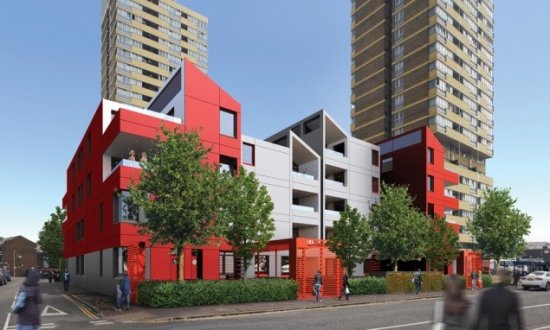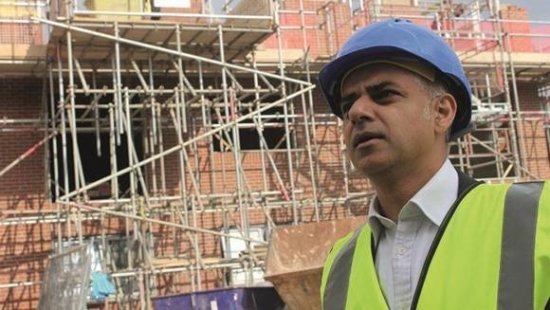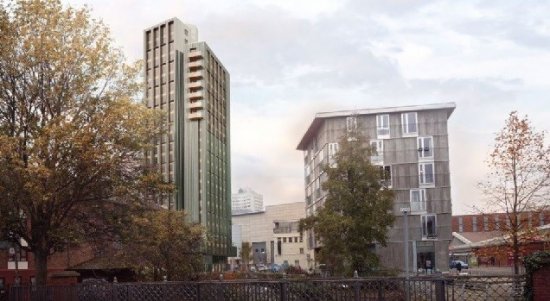One year on from Sadiq Khan’s election as mayor of London, how is he faring on housebuilding?
Mipim was one gauge of the mayor’s performance and among the developers and professionals gathered in Cannes there was a view that the pace needs to be picked up to properly address London’s housing crisis.
There has been a welcome commitment to deliver more affordable homes on publicly owned land and by public authorities. What is more, viability tests have become clearer.
I also welcome repeated commitments by Jules Pipe and James Murray, the two deputy mayors who attended Mipim, to cut across party lines in a pragmatic way when working with London boroughs of all political hues.
But one move could make a striking difference to perceptions of the mayor’s progress – removing barriers and accelerating the use of modular housing for London’s new homes.

Is modular the future?
Modular is a feature of the normal rather than something that is unusual – but this view will take time to embed.
Perhaps it is memories of system-built or prefabricated post-war homes that is holding the capital back – but if London throws off these shackles the rate of housebuilding could increase dramatically and potentially play a big role in Mayor Khan’s re-election.
Much to learn
There is so much we can learn from other sectors about modular construction, including the history of our own housebuilding in the UK. Behind the varied facades of a Victorian terrace, the layouts and room sizes are repetitive.
Likewise, schools have been delivered at speed for the Education Funding Agency using modular construction, with a varied approach to layout and external treatment but classrooms and science labs, for example, of a standard size.

Almost more than anything else, councils need the ability to touch and experience precision-engineered modern construction products in order to sweep away any remaining false impressions.
Output from traditional housebuilding methods is constrained and close to its limit – with the availability of labour only set to tighten further as Britain prepares to leave the European Union. The answer is in the existence of a number of progressive players delivering modular products that can be applied to different site challenges. These products will add to the supply from traditional housebuilding, not replace it.
Modular systems have the potential to accelerate estate regeneration; they can be used to provide new homes on top of existing buildings and on small infill sites. They also offer high-quality homes that can blend into the suburbs.

At the same time, modular construction can reduce the upheaval on residents by offering high-quality housing for decanting to, on or close to the site, and by requiring much shorter construction periods for all the homes created. We are talking about installation of up to eight homes a day.
There is strong central government support, with the accelerated construction programme offering a package of support for ambitious local authorities that would like to develop surplus land at pace, particularly using off site construction.
With the clock ticking on his mayoralty, there is nothing Mayor Khan could do more effectively to speed up housing supply than making London an exemplar for modular construction over the next three years.









